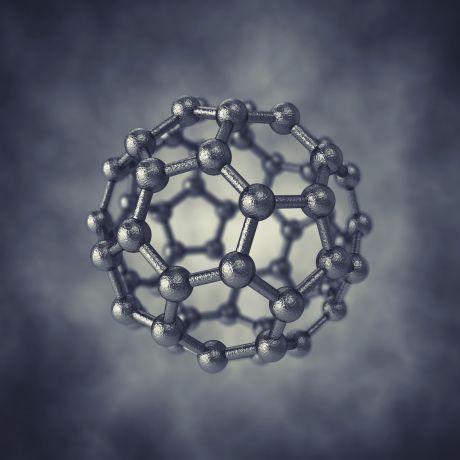Three EU-funded projects – NEUWALK, WALK AGAIN and E-WALK – have contributed to the development of a wireless ‘brain-spinal interface’ that bypasses spinal cord injuries and restores intentional walking movement to a temporarily paralysed leg.
The three-year DYMASOS project has tackled the management of systems of systems - how independent technologies can be harnessed to work together to optimise overall outcomes. With the development of the ‘Internet of Things’, the ability to do this is becoming even more important.
During its second dissemination event held in Brussels on Thursday 3 November 2016, the members of the CAPACITY4RAIL project came together to discuss their promising results on how their work is helping to build a strong, modern and reliable European railway network.
Companies willing to stand out in today’s video game industry need three core assets: an original concept and scenario, an intuitive gameplay, and photo-realistic game environments. As vibrant as it may be, the European video game industry is caught up in this race, and small companies can hardly win without tremendous budgets being invested into their 3D environments. Technology developed under the CR-PLAY project — which enables the creation of realistic gaming environments based on photos and videos — may increase their chances.
During its final conference held in Brussels on 18 October 2016, the EU-funded USE-IT-WISELY project outlined its innovative frameworks and tools that will equip European manufacturers to effectively compete in an increasingly globalised world economy.
Innovative 3D simulation software enables plant managers to streamline factory operations and take into account the experience of workers themselves.
The EU-funded ROVINA project has developed an autonomous robot which can navigate, explore and digitally map hard-to-access areas
EU-funded researchers have created a tool to assess the impact of natural disasters on transport infrastructure in order to save both lives and money.
EU researchers have developed a new system to monitor industrial food processing in real time, an innovation that could have real commercial potential.
In a new book, ‘The Bestseller Code: Anatomy of a Blockbuster Novel’, two Stanford academics describe how an algorithm they designed is able to predict, with 80 % accuracy, which new novels will become mega-bestsellers.
EU-funded researchers are combining high-performance computational power with hardware and servers in order to build a more efficient, heterogeneous cloud.
Businesses looking to cut costs and reduce their carbon footprint now have access to a new tool that evaluates the energy performance of data centres.
With the use of affordable, low-tech femtocells, the EU-funded TUCAN3G project is bringing 3G connection to the otherwise unconnected regions of the world.
To address the evolving cybersecurity threat, the EU-funded SHARCS and PQCRYPTO projects are developing the security paradigms, architectures and software needed to ensure our ICT systems are secure and trustworthy.
What can software designers and ICT specialists learn from maggots? Quite a lot, it would appear. Through understanding how complex learning processes in simple organisms work, EU-funded scientists hope to usher in an era of self-learning robots and predictive computing.
EU-funded researchers have unveiled a set of tools that will make computer systems more energy efficient, providing large data streaming aggregations 54 times more efficient than standard implementations.
Netflix is the undisputed champion of Internet video providers but has never actually had to build its own datacentres. So it hardly comes as a surprise to see engineers across the world craving to find out how the company can withstand such traffic whilst avoiding video stalling during playback. The ENDEAVOUR project team has made this dream come true by finding out how these servers work - and from where.
A team of US and Israeli researchers, partly funded by the EU, have developed a truly pioneering cinema screen that can show 3D films without the need for glasses.
A ground breaking EU project has delivered a cloud-based platform along with a range of apps and tools to help get European cities moving sustainably.
The REPARA project has developed and registered new technologies that are expected to make parallel computing applications more energy efficient, less expensive, and easier to develop and maintain.
EU researchers believe these new, innovative qubits could serve as the information units for the quantum computers of the future.

Quantum computation relies on information storage via qubits, or quantum bits. EU-funded scientists are investigating the potential use and physical mechanisms regarding the use of carbon nanotubes (CNTs) for qubit implementation.

Optimal control is a mathematical tool that can be applied to many fields, such as avionics by optimising rocket trajectories, the automotive industry by minimising collision impact, and telecoms to establish a satellite optimal position. An EU initiative provided theoretical and practical training in this field to young mathematicians and engineers.

Studying the economics of open-source software and how it could supersede proprietary software could help Europe innovate while offering cost-effective solutions to users.

The changing nature of jobs and job skills calls for proficiency in digital competencies, critical thinking, flexibility and teamwork. To take on the challenges of a global economy, a newly developed smartphone application can equip employees of the future with these skills they need.



